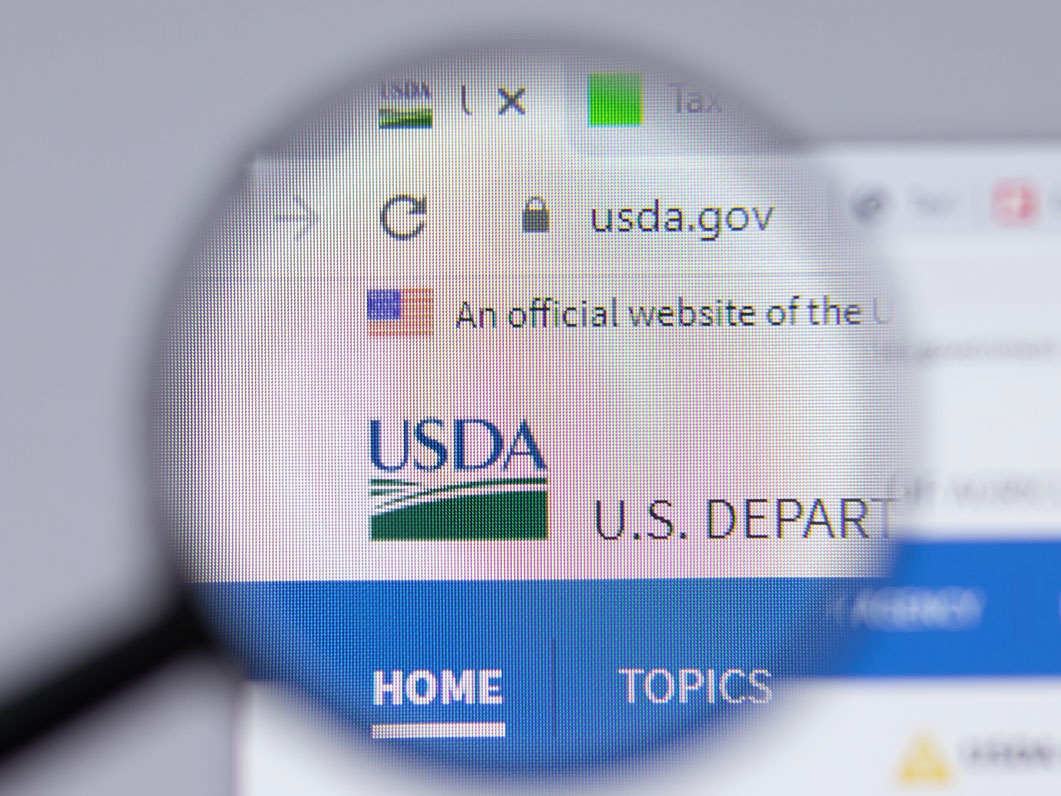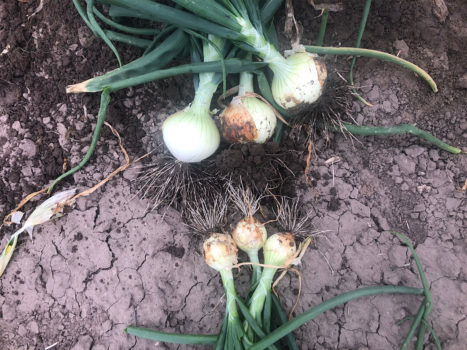First in a series
(Editor’s note: This week we’re looking at the end of the Farmers to Families Food Box Program and the launch of its successor, The Emergency Food Assistance Program. The differences are substantial.)
When the Farmers to Families Food Box Program was scrapped recently, sunsetting on May 31, the USDA sent out a notice that the agency will continue providing food to consumers in need through The Emergency Food Assistance Program, or TEFAP, through the remainder of fiscal year, which ends Sept. 30.
A formal solicitation to bid was issued on April 27, with the procurement details available at https://portal.wbscm.usda.gov/irj/go/km/docs/wbscmprocurement/AMS-Fruit%20and%20Veg/2021/04-APR/Bid%20Invitations%20(Solicitations)/12-3J14-21-B-0265/Solicitation%20Tendering%20Text.pdf.
Acceptances will be announced by midnight, Friday, May 18, with deliveries from June 1 to Sept. 30.
Questions regarding the procurement should be directed to David Cottrell, David.cottrell@usda.gov, 202-260-9183.
Here at OnionBusiness, we’re not sure where onions fit into the TEFAP program. Shippers we spoke with about TEFAP told us they interpret it as we do: The three pounds of root vegetables can include onions, and one shipper said he is participating in the program again – but he said the Farmers to Families Food Box Program included a much larger volume of onions. He said 3-pound bags of onions were part of the box contents.
Another shipper we spoke with told us the Food Box program included 2-, 3- and 5-pound bags as well as bulk onions, with “five pounds being the upper limit and two pounds being the lower.” He also told us, “I tried to read the release on the new program yesterday, and I couldn’t make heads or tails of it.”
Between May 15, 2020, and April 30, 2021, the Food Box Program distributed delivered 160,805,904 boxes of food nationwide. With 2-, 3- and 5-pound bags of onions involved, as well bulk, the volume could have reached more than three-quarters of a billion pounds purchased.
We set out to get clarification on what produce items will be part of the boxes, going first to a published chart that appears at https://www.fns.usda.gov/tefap/usda-foods-available-list-tefap. There we saw that five fresh produce items are included in the list of produce expected to be available in 2021. The list also covers canned, frozen and dried as well as fresh.
In the fresh category, several varieties of apples are named as well as pears, oranges, potatoes and sweet potatoes.
We contacted the USDA to confirm onions will be a part of the program and explained the list did not name them specifically, and we were told the TEFAP Fresh Produce Program is supplemental to the TEFAP Program.
The response email from Andrea Lang, New Vendor Coordinator of the AMS Commodity Procurement Program/Communications and Stakeholder Branch. Ms. Lang’s contact info is USDA Foods Program Email: NewVendor@usda.gov and USDA TEFAP Fresh Produce Program Email:TEFAPFreshProduce@usda.gov, said, “The TEFAP Produce Program does not have a specific list of products in their documentation found here.”
In its pre-solicitation to bid announcement, posted at https://www.ams.usda.gov/content/pre-solicitation-announcement-tefap-fresh-produce, the USDA stated that Pandemic Assistance funding is available to supplement TEFAP, and boxes of pre-packed, fresh produce will be included. The packages must meet requirements: “A 10-12 pound package that includes a minimum of at least four of the following: 3-5 lbs. of vegetables (no more than 3lbs. of root vegetables; i.e. potatoes, yams, carrots, onions, etc.), 3-5 lbs. of fruit; at least 2 locally grown fruit or vegetable items, as available, and if not available, add an additional fruit and vegetable item to meet a minimum package weight range of 10-12 lbs. Packages will be expected to have a shelf life of 7-10 days once delivered to the location listed on the contract.”
The pre-solicitation also provided a link, https://www.ams.usda.gov/selling-food, that provides more information on becoming a vendor (https://www.ams.usda.gov/selling-food/becoming-approved) and also a PDF download of the entire pre-solicitation announcement that says solicitations will be issued in the near future.
And package specs are defined in a PDF downloadable from https://www.ams.usda.gov/sites/default/files/media/TEFAPFreshProducePackageSpecification.pdf.
We shared links we’d used without success to find more information, and we received a response from Ms. Lang that said, “Pandemic Assistance funding has been made available to supplement The Emergency Food Assistance Program (TEFAP) program for the remainder of the fiscal year ending September 30, 2021. Pursuant to that directive, to help those most in need receive healthy, fresh foods, USDA will be offering boxes of pre-packed, fresh produce through TEFAP in addition to the single varieties that are already available to order.
“The TEFAP Produce Program is in addition to our regular TEFAP Program. I have forwarded your email to Contracting as they can be of more assistance.”
As of our deadline, Contracting had not contacted us, but here’s more of what we were able to find out in our own search. Onions as a separate line item are not included in any description of produce we’ve been able to find.
But what we surmise is that onions can be but are not specified to be part of the three to five pounds of vegetables of which no more than three pounds can be root vegetables, “i.e., potatoes, yams, carrots, onions, etc…”
We welcome any input from the onion industry on this story and will be updating it as information becomes available. This is meant to be the first of a series of very complex stories – and maybe one that sparks a variety of opinions. Let us hear from you. Please send your comments to sherise@onionbusiness.com.



